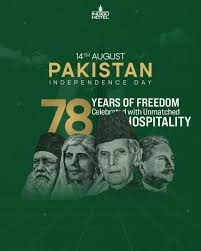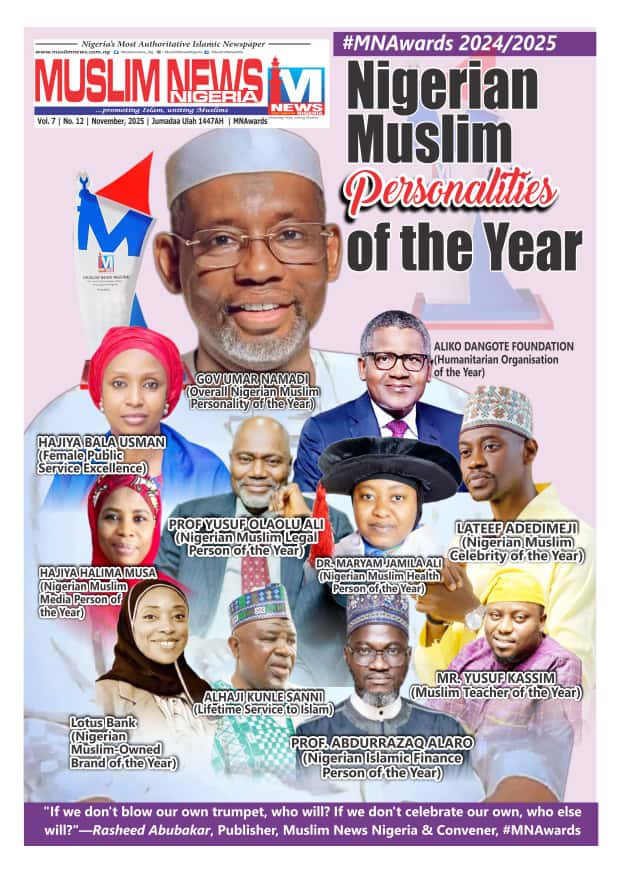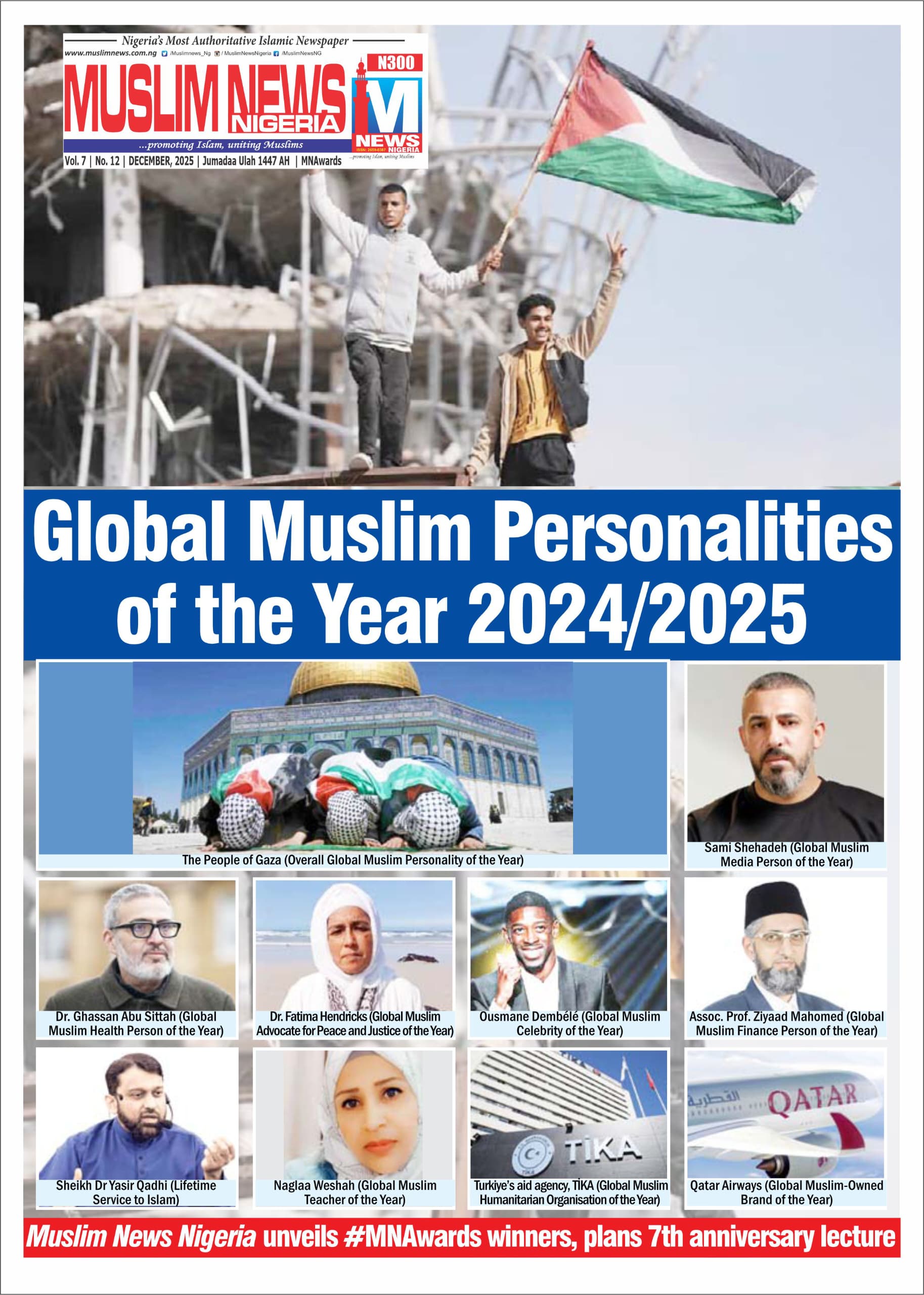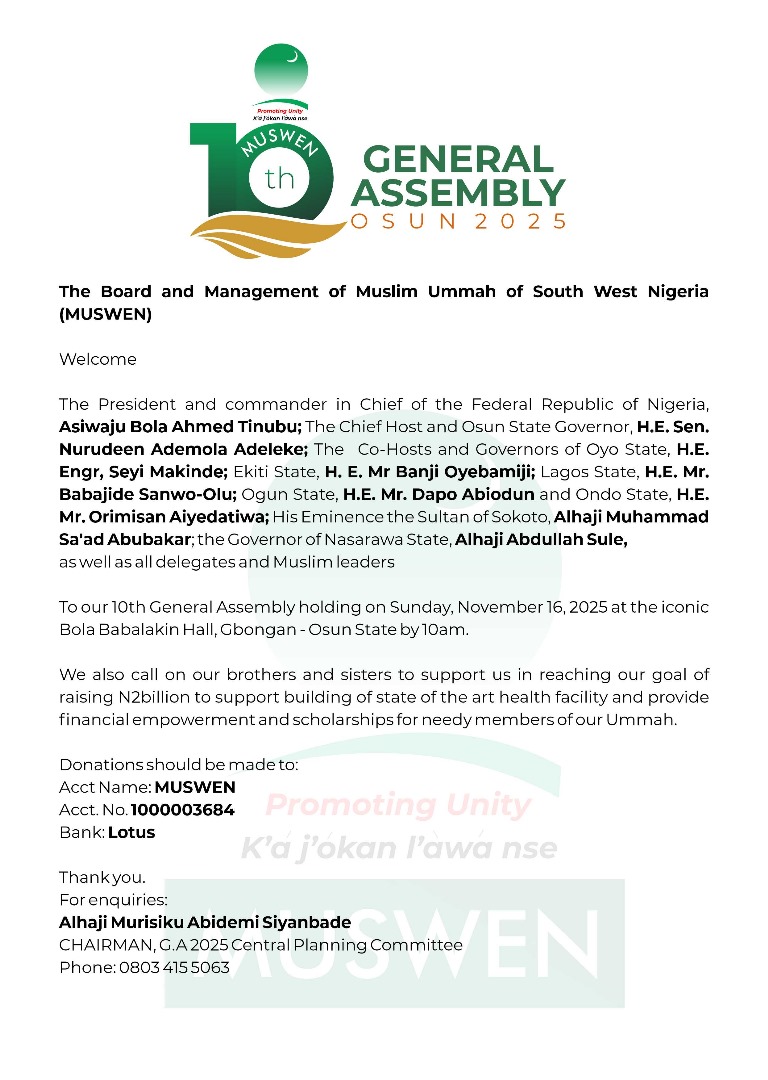As Pakistan marks 78 years of independence, its creation remains a vindicated act of safeguarding Muslim identity and rights, amid rising anti-Muslim sentiment in India.
Seventy-eight years after the Partition of British India into two independent states, the historical event remains as emotive and contested as when it first unfolded – driven by the resolve, tireless effort, and clear-sighted vision of Pakistan’s founding fathers.
Even today, many in Muslim-majority Pakistan and Hindu-dominated India continue to debate whether the course of history could have been any different, albeit with many ifs and buts.
And ironically, many of the issues that drove the Partition on communal grounds still bedevil relations between the two neighbours and dominate Indian politics today amid the rise of the Hindutva movement. These enduring realities confirm that the leaders of the Pakistan movement were justified in their apprehensions about marginalisation under a Hindu-majority, concerns that remain relevant today.
It was in August 1947 when the British were forced to divide their Jewel in the Crown – as colonial India was once known – following various formulas that failed to keep this vast South Asian territory united because of the communal divide between Muslims and Hindus.
The Indian National Congress, dominated by Hindu leaders, and the All-India Muslim League were unable to reach a consensus, despite the British sending a Cabinet Mission in 1946 in a last-ditch effort to find a formula acceptable to both sides.
However, the Cabinet mission plan, which proposed three administrative units comprising sets of Muslim and Hindu majority provinces, was torpedoed by Congress with its announcement of reviewing the arrangement later as a sovereign nation.
This forced the All-India Muslim League to rescind its approval of the plan, underscoring the deep distrust between the leaders of the two sides.
The collapse of the Cabinet plan eventually paved the way for Pakistan’s creation the following year.
Muslim identity and Jinnah’s vision
Muslims, who comprised around 25 percent of British India against the 66 percent Hindu population, feared that in an independent India, they would be economically, politically, and religiously undermined and marginalised.
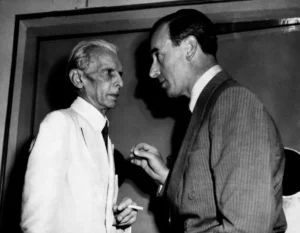
MuhammedAli Jinnah, the founding father of Pakistan and given the title of Quaid-e-Azam (the great leader) by ardent followers, articulated his Two-Nation Theory to serve as the basis for a separate homeland for Muslims in the subcontinent – a vision vindicated by ongoing discrimination against Muslims in India today.
“We maintain and hold that Muslims and Hindus are two major nations by any definition or test of a nation… we (Muslims) are a nation with our own distinctive culture and civilization, language and literature, art and architecture, names and nomenclature, sense of value and proportion, legal laws and moral codes, customs and calendar, history and tradition, aptitudes and ambitions – in short, we have our own distinctive outlook on life and of life. By All canons of international law, we are a nation.” Jinnah’s reply to Gandhi, September 17, 1944.
However, Jinnah, who emerged as the towering champion of the Muslim cause, had begun his political career as a staunch secular Indian nationalist.
He believed in the ideals of Hindu-Muslim unity, and for years worked tirelessly to carve out an arrangement that might solve India’s festering communal problem.
Being one of the finest legal minds of British India and a believer in peaceful constitutional activism, Jinnah was called the ambassador of Hindu-Muslim unity for his efforts to solve the communal problem of India.
But secular Hindu leaders of Congress — of which Jinnah was once a member too — and fundamentalist Hindus, forced him to review his position and focus solely on the economic, political, and religious rights of the Muslims.
Jinnah’s efforts to find a common ground between Muslims and Hindus were repeatedly stonewalled by the Hindu leadership, forcing him to accept the reality that the unity between Muslims and Hindus remained impossible.
Jinnah, however, was not the first Muslim leader to reach this conclusion.
Before him, Syed Ahmed Khan (1817-1898) was the first Muslim in India who dared to speak of ‘partition’, according to Hector Bolitho, the author of the book Jinnah: Creator of Pakistan. Bolitho writes that Syed Ahmed Khan was “the first to realise that mutual absorption being impossible, the Hindus and Muslims must part. He was the father of all that was to happen, ultimately, in Muhammad Ali Jinnah’s mind.”
Recommended
British MPs push Starmer to expel Israeli envoy, impose arms ban over Gaza war
British MPs push Starmer to expel Israeli envoy, impose arms ban over Gaza war
Erdogan, Rutte discuss Ukraine, upcoming Trump-Putin summit
Erdogan, Rutte discuss Ukraine, upcoming Trump-Putin summit
Deadly wildfires across southern Europe force thousands to evacuate
Deadly wildfires across southern Europe force thousands to evacuate
Can a Trump-Putin deal without Zelenskyy achieve peace in Ukraine?
Can a Trump-Putin deal without Zelenskyy achieve peace in Ukraine?
Bolitho said that as early as 1867, “Hindu leaders in Benares began a movement to replace Urdu – the chief language of the Muslims – by Hindi. This episode convinced Syed Ahmed Khan that the two communities – Muslim and Hindu – would never ‘join wholeheartedly in anything.’”
View of a street in Bombay, India, June 7, 1932, littered with looted articles, after the serious rioting between Muslims and Hindus (AP).
View of a street in Bombay, India, June 7, 1932, littered with looted articles, after the serious rioting between Muslims and Hindus (AP).
British India had a history of communal riots dating back to the early 20th Century when the formal demand for a separate Muslim homeland was nowhere in sight. The rising communal violence, particularly in the 1930s and 1940s, intensified Muslim fears of persecution and convinced them that coexistence in united India was impossible.
Muslims saw that the predominantly Hindu Congress served only Hindu interests. They were worried that the political representation of Muslims would be suppressed in a democratic system based on majority rule.
The friction over the language, particularly attempts to replace Urdu with Hindi in some regions, further sharpened the divide between the communities.
Muslims feared that Hindus, economically dominant in trade and industry, would control resources, leaving them marginalised. Drawing inspiration from past Muslim rulers, they were also concerned about losing their cultural and religious identity under a Hindu-majority rule.
Even before Partition, Hindu groups actively promoted cow protection, a practice sacred to them, but challenged Muslim customs such as beef consumption.
Hardline Hindu nationalists often viewed prominent Muslim figures from history as villains, such as the Mughal rulers, while many Muslims regarded certain historical Hindu leaders in a negative light. These mutual perceptions reflected the deep-seated distrust fueling communal tensions.
The rise of hardline Hindu nationalist movements, including the Arya Samaj and Hindu Mahasabha, was also seen as a threat by Muslims.
Alongside the challenges posed by the Hindu majority, the demand for a separate homeland also reflected Muslim aspirations for a country where they could safeguard their customs, values, and religious beliefs.
The All-India Muslim League, led by Jinnah, argued that the past experiments with separate electorates under the Government of India Acts of 1909, 1919, and 1935 offered only limited representation for Muslims and were inadequate against the backdrop of a Hindu-majority democracy.
The demand for Pakistan, formalised in the 1940 Lahore Resolution, was therefore aimed at securing autonomy and self-governance for Muslims, ensuring their religious, cultural, and political rights.
In seven years – and despite his failing health – Jinnah managed to achieve the goal of Pakistan.
Vindication in contemporary realities
Many of the fears expressed about the state of Muslims in Hindu-majority India by Jinnah and his comrades eventually proved right.
Muslims, who comprise around 14.2 percent of the population in today’s India, remain one of the most vulnerable and backward communities.
Vehicles are set ablaze during communal clashes triggered by protests calling for the removal of the tomb of 17th-century Mughal ruler Aurangzeb, in Nagpur, India, March 2025 (AP).
Vehicles are set ablaze during communal clashes triggered by protests calling for the removal of the tomb of 17th-century Mughal ruler Aurangzeb, in Nagpur, India, March 2025 (AP).
Their historic religious places, such as mosques and tombs of Muslim kings and saints, are the target of hardline Hindus. They are being vandalised and even destroyed to construct Hindu temples.
From the destruction of the Mughal-era 16th-century Babri Mosque to the recent attacks on Mughal Emperor Aurangzeb Alamgir’s tomb are just manifestation of how Muslims, their history, and identity are under attack in India.
The killing of Muslims on the suspicion of slaughtering cows or their targeting for marrying Hindu women is a common phenomenon in today’s India.
Recent measures by the Indian government to demolish houses of low-income groups in Muslim neighbourhoods, exclusion from electoral rolls, and pressure to migrate, underscore the precarious position of Muslims in India today.
Indeed, the Partition and the creation of Pakistan addressed these concerns for Muslims in the new homeland.
SOURCE: TRT World

